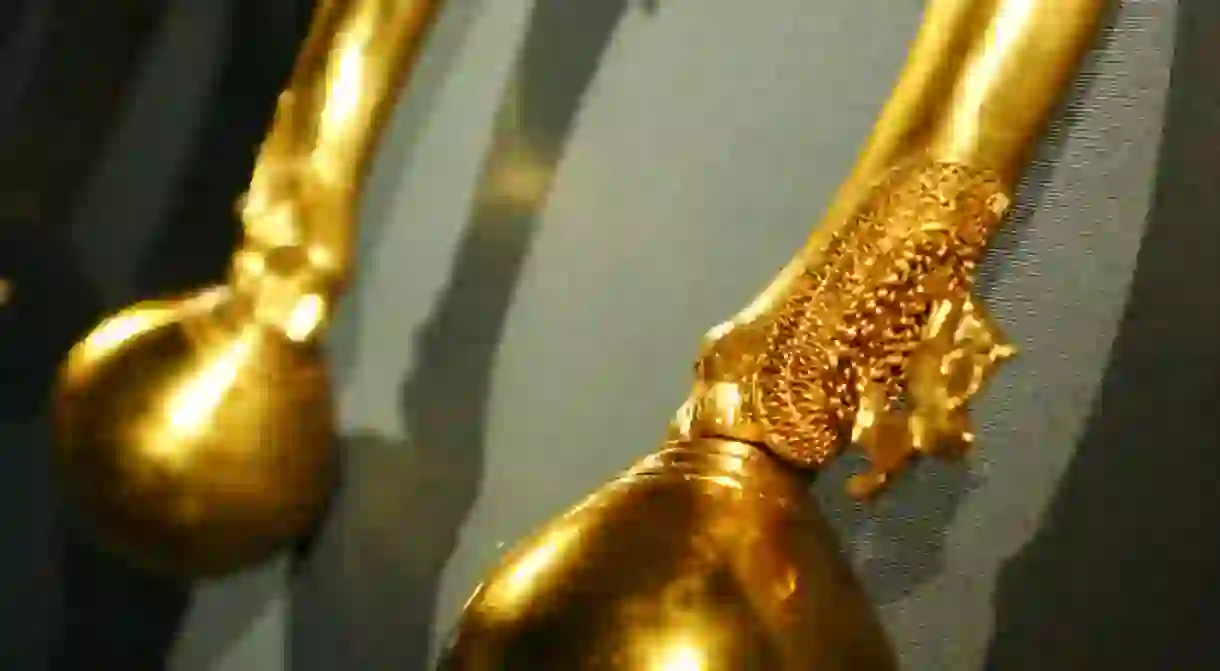The Best Museums And Galleries To See Irish Celtic Design

As well as contributing traditions that have been adapted into modern religious holidays, the Celts had a profound impact on Irish art. The Celtic knot is still one of the symbols most strongly associated with the country of Ireland, and the Book of Kells, with its interlacing patterns influenced by Celtic design, has become a national treasure. Here are the best places to experience Irish Celtic design for yourself.
National Museum of Ireland: Archaeology, Dublin
Museum

The Old Library Building, Trinity College Dublin
Building, Library

Celtic & Prehistoric Museum, Kerry
Museum

The Former Monastery At Killamery
Ireland’s Early Medieval high crosses are thought to be descended from pagan Celtic wooden memorials. Many feature Celtic knots as part of their embellishment, and most take a ringed Celtic shape. Further examples of Insular art, the crosses still standing are among Ireland’s most important surviving monuments. The western Ossory group of high crosses, thought to be among the earliest examples in Ireland, are not in any gallery or museum – instead they have to be observed in their natural surroundings. One can be found in County Kilkenny at Killamery village, the site of a famous 7th century monastery and the location where the 9th-century Killamery brooch was found (now on display at the National Museum of Ireland).














